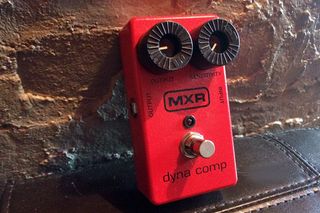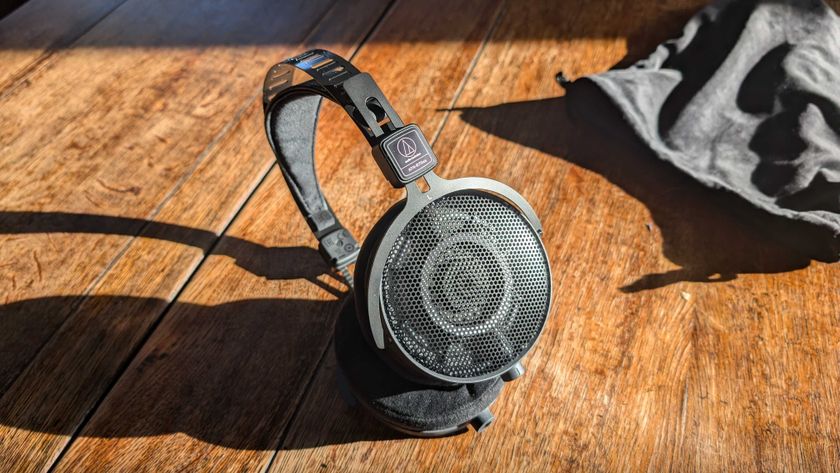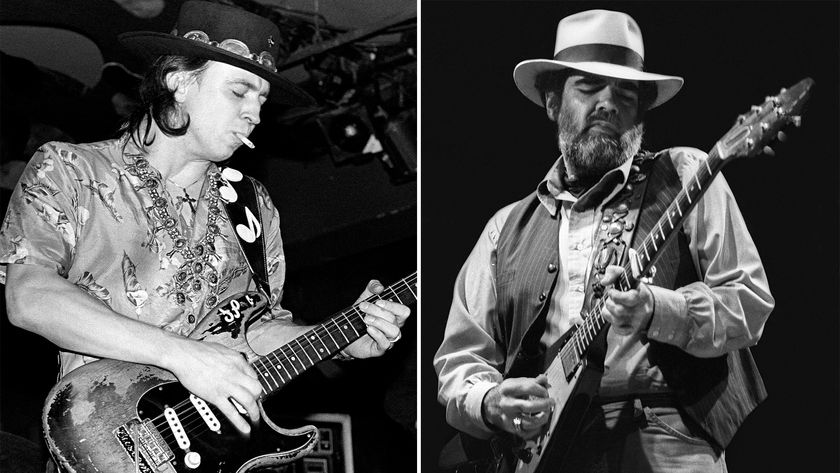Five Ways a Compressor Pedal Can Change Your Sound
A compressor pedal can be one of the most valuable tools you can have in your setup.

A compressor pedal is a useful device for taming dynamics. And as many musicians and audio engineers know, it’s a versatile effect that can alter an instrument’s tone and transients.
In this video, Phillip McKnight demonstrates five ways he uses a compressor pedal to perform tasks similar to those of other pedals. The uses include reverb, boost, sustain, overdrive and even, he says, EQ.
“One of the things I see a lot of guitar players use is an EQ pedal to fix a problem that really a compressor pedal is better suited for,” Phillip says. “If you’re trying to stop the low frequencies from overtaking the highs, or vice versa, a compressor will do that more efficiently and better than most EQ pedals.”
As a bonus, he says, a compressor pedal can also make a solid-state amp respond and sound more like a tube amp.
Obviously, the compressor isn’t a perfect replacement for these pedals, but as Phillip demonstrates, it can sometimes help you achieve similar goals, making them one of the most valuable tools you can have in your setup.
Visit Phillip’s YouTube channel for more of his videos.
Get The Pick Newsletter
All the latest guitar news, interviews, lessons, reviews, deals and more, direct to your inbox!
Christopher Scapelliti is editor-in-chief of Guitar Player magazine, the world’s longest-running guitar magazine, founded in 1967. In his extensive career, he has authored in-depth interviews with such guitarists as Pete Townshend, Slash, Billy Corgan, Jack White, Elvis Costello and Todd Rundgren, and audio professionals including Beatles engineers Geoff Emerick and Ken Scott. He is the co-author of Guitar Aficionado: The Collections: The Most Famous, Rare, and Valuable Guitars in the World, a founding editor of Guitar Aficionado magazine, and a former editor with Guitar World, Guitar for the Practicing Musician and Maximum Guitar. Apart from guitars, he maintains a collection of more than 30 vintage analog synthesizers.

“Whether you’re an AC/DC fan or not, there are some classic tones to be found within this little box of rock”: Crazy Tube Circuits Heatseeker review

“An effortless way to customize your TONEX pedals for the stage”: IK Multimedia answers players’ prayers and gives its best-selling TONEX units their biggest upgrade to date – a dedicated editor











